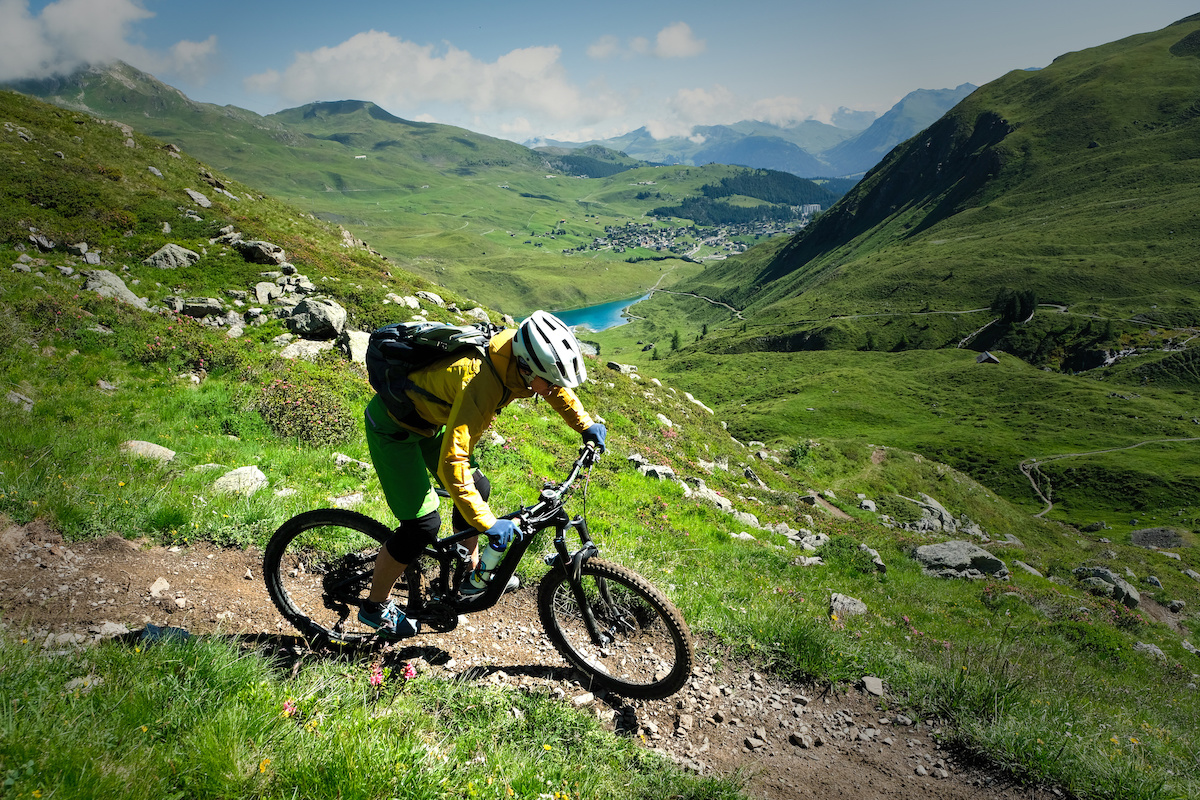What Are the Different Types of Mountain Biking?
- admin171125
- Jun 19, 2023
- 2 min read
Mountain biking offers a wide variety of styles catering to different rider preferences and experience levels. There are two main categories of mountain biking: downhill and cross country. Hybrid styles like enduro, trail riding, and freeriding combine features from different categories, offering even more flexibility. Finally, niche styles like dirt jumping, trial riding, slalom and slopestyle offer creative challenges unique to each discipline.
Downhill vs Cross Country Mountain Bikes
Downhill mountain biking focuses on gravity assisted descents and technical skills navigating outdoor trails, usually without uphill riding. Riders often shuttle up to trail heads for a downhill-only experience. Typical terrain includes rocks, roots, drops, jumps and berms in dedicated environments like singletracks and bike parks. These bikes have long suspension travel, heavy-duty frames and components, and wide tires for maximum traction and impact absorption.
Cross-country (XC) mountain biking covers a range of terrain, including climbs, descents, and varied trails like singletrack, gravel roads, forest paths, and even urban routes. This style of riding requires a balance of climbing, descending, and technical finesse. XC bikes have lighter frames, shorter suspension travel, narrower tires, and less aggressive components designed for efficient climbing and endurance.
Hybrid style mountain bikes like enduro riding, combine elements of cross-country and downhill. Riders must possess a blend of climbing ability, technical skill, and the capacity to handle challenging descents. Freeride and dirt jumping are aggressive styles that include extreme competition-worthy technical tricks and stunts. Trial riding is another niche style, where riders navigate obstacles demanding precise movements, the goal being not to touch the ground or put a foot down.
Hardtail vs Full-Suspension Mountain Bikes

A hardtail mountain bike has a suspension fork at the front, but lacks a rear suspension system hence the “hard tail”. The rear end of a bike remains rigid, offering a simpler and lighter design with fewer moving parts. This makes the riding experience more efficient and also lower in cost and easier to maintain. These bikes often have lower impact absorption, transmitting more vibrations and impacts while you ride, but riders often report hardtails helping them “feel” the trail better. Full-suspension (dual suspension) mountain bikes feature both a front and rear suspension system. The rear suspension consists of a shock absorber and linkage system that allows the rear wheel to move independently of the frame. These features improve comfort, traction and control over rough terrain and improve downhill capability. Of course, all this comes at the cost of added weight, increased costs, and more technical maintenance and repairs. The choice between a hardtail and a full-suspension mountain bike depends on factors like the type of terrain you'll ride, your riding style, personal preferences, and budget. Hardtails are often favored for smoother trails, XC racing, or riders seeking simplicity and efficiency. Full-suspension bikes excel in technical and challenging terrain, downhill riding, and riders who prioritize comfort and enhanced performance on rough trails. Want to learn more about mountain biking? Whether you’re just starting out or want to further hone your skills, we offer skills clinics and guided trips to help get you out on the trails. Give us a call at 720-242-9828 or contact us to learn more.




Comments